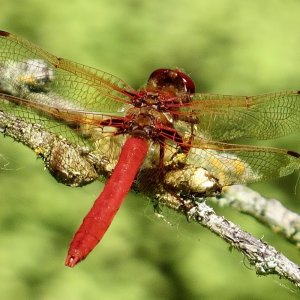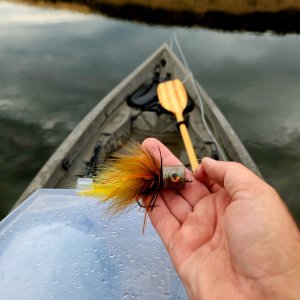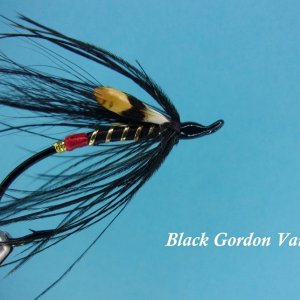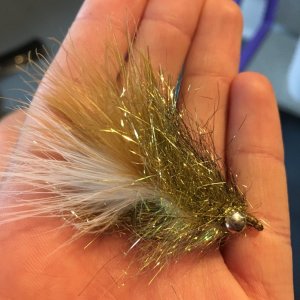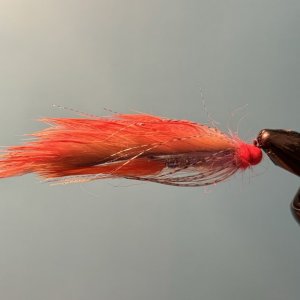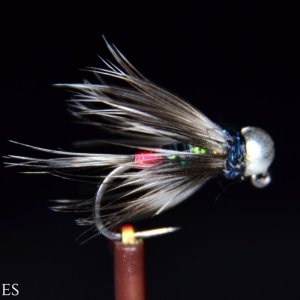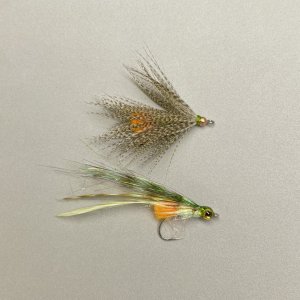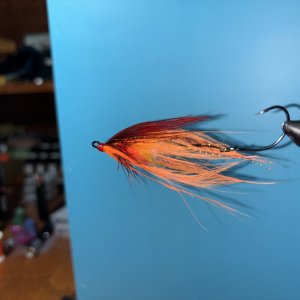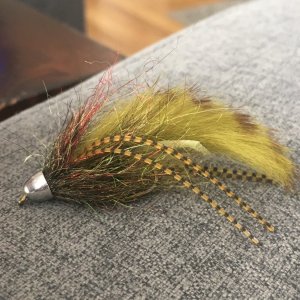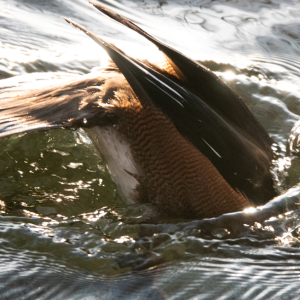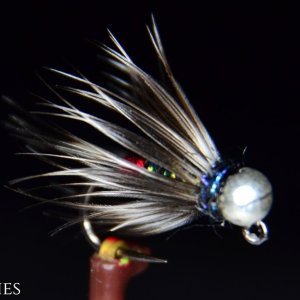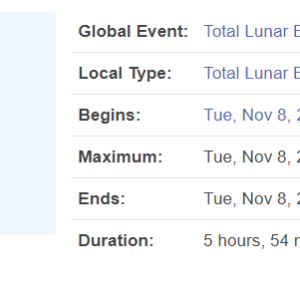"But back in the day we dredged all the time and we had tons of fish then, too!" -Many PeopleYup. It makes no sense. I agree.
You are using an out of date browser. It may not display this or other websites correctly.
You should upgrade or use an alternative browser.
You should upgrade or use an alternative browser.
Skagit-centric conservation/ bio thread
- Thread starter charles sullivan
- Start date
In reading the Governor's State of Salmon report one of the two major accomplishments listed was since 2005 "fixing" 3,700 fish blockages (largely culverts) opening up 4,700 miles of habitat for salmon and steelhead. I constantly hear that is a success for the ESA fish of the region; especially when talking about Chinook salmon. It seems to me that folks just do not understand the habitat requirements of our various salmon and if stream block is an issue than any improvement is a win for all the species. Simple math tells in fixing those 3,700 passage blockages and average of 1.3 miles of habitat was opened for fish use. 1.3 miles of stream is by the very definition a small stream whose expected fish use would be coho and coastal cutthroat. In the rare higher elevation, there might be some limited resident bull trout use (all the major bull trout streams that I have seen with road crossings has been bridges or large "box culverts" which did not represent a bull trout blockage.
A special case of replacing culverts is the Culvert lawsuit where tribes sued WSDOT to replace culvert blockages. WSDOT is under a court order to replace 90% of those culverts by 2030. The current estimate of replacing meeting that deadline is 3.6 billion dollars (that cost seems to increase annually). Again it is common for the common citizen to assume that will have benefit for Chinook salmon. Below is a list of the 6 DOT culvert replacements from 2021 in the north PS area (Nooksack, Skagit and Stillaguamish).
Padden Creek (independent stream near Bellingham). - opened up 0.4 miles of habitat to use by chum, coho, steelhead, sockeye/kokanee and coastal cutthroat.
Logan Creek (lower Skagit stream) - opened up 1.6 miles of habitat used by chum, coho, coastal cutthroat and potentially steelhead.
Unnamed trib. to Landscape creek (lower Skagit) - opened up 1.3 miles of habitat use by coho, steelhead, and coastal cutthroat.
Fish Creek trib. to Lorenzan Creek (middle Skagit) opened up 1.5 miles of habitat use by coho and coastal cutthroat.
Lorenzan Creek (Skagit near Concrete) - Immediate benefits are limited but may provide leverage to fix a passage barrier upstream of SR 20.
Unnamed trib. to Pilchuck Creek trib.(Stillaguamish). A "steep headwater" crossing SR 9.
The reader will not that two of the above provided no immediate benefits. The before and after pictures of those projects shows that at low flows I could easily step across; the before picture of unnamed trib. to Lorenzan creek showed a dry stream bed. These are the types of streams where I would expect to find coastal cutthroat and coho usage and occasionally some over-winter use of steelhead parr. The sockeye/kokanee use on Padden Creek has to be kokanee (Lake Whatcom origin) spawning in the outlet. The Whatcom stock is an inlet spawning stocks and when spawning in outlets generally do not produce fry that make it back to the lake. Given the secondary status of wild coho in the Bellingham Bay basin why prioritize the Padden Creek project.
While I'm an avid sea-run cutthroat fan and believe all these types of barriers should be fixed I find it difficult to believe that 3.6 billion dollars could be better spend in other habitat restorations that would more directly and significantly the listed Chinook and steelhead. Furthermore, I find it dishonest to allow the public to believe these types of projects have a significant role to play in the recovery of Puget Sound Chinook.
Curt
A special case of replacing culverts is the Culvert lawsuit where tribes sued WSDOT to replace culvert blockages. WSDOT is under a court order to replace 90% of those culverts by 2030. The current estimate of replacing meeting that deadline is 3.6 billion dollars (that cost seems to increase annually). Again it is common for the common citizen to assume that will have benefit for Chinook salmon. Below is a list of the 6 DOT culvert replacements from 2021 in the north PS area (Nooksack, Skagit and Stillaguamish).
Padden Creek (independent stream near Bellingham). - opened up 0.4 miles of habitat to use by chum, coho, steelhead, sockeye/kokanee and coastal cutthroat.
Logan Creek (lower Skagit stream) - opened up 1.6 miles of habitat used by chum, coho, coastal cutthroat and potentially steelhead.
Unnamed trib. to Landscape creek (lower Skagit) - opened up 1.3 miles of habitat use by coho, steelhead, and coastal cutthroat.
Fish Creek trib. to Lorenzan Creek (middle Skagit) opened up 1.5 miles of habitat use by coho and coastal cutthroat.
Lorenzan Creek (Skagit near Concrete) - Immediate benefits are limited but may provide leverage to fix a passage barrier upstream of SR 20.
Unnamed trib. to Pilchuck Creek trib.(Stillaguamish). A "steep headwater" crossing SR 9.
The reader will not that two of the above provided no immediate benefits. The before and after pictures of those projects shows that at low flows I could easily step across; the before picture of unnamed trib. to Lorenzan creek showed a dry stream bed. These are the types of streams where I would expect to find coastal cutthroat and coho usage and occasionally some over-winter use of steelhead parr. The sockeye/kokanee use on Padden Creek has to be kokanee (Lake Whatcom origin) spawning in the outlet. The Whatcom stock is an inlet spawning stocks and when spawning in outlets generally do not produce fry that make it back to the lake. Given the secondary status of wild coho in the Bellingham Bay basin why prioritize the Padden Creek project.
While I'm an avid sea-run cutthroat fan and believe all these types of barriers should be fixed I find it difficult to believe that 3.6 billion dollars could be better spend in other habitat restorations that would more directly and significantly the listed Chinook and steelhead. Furthermore, I find it dishonest to allow the public to believe these types of projects have a significant role to play in the recovery of Puget Sound Chinook.
Curt
So true Curt. I like to see habitat improvement projects too, but selling most culvert replacements as part of Chinook recovery is disingenuous at best and likely just plain dishonest. There are some cases where the lower reaches of tributary creeks attract juvenile Chinook for temporary rearing as they work their way downstream to the estuaries. But yea!. cutthroat and coho are gonna' reap some benefits, so we got that!
Another aspect of the fish passage issue that is rarely discussed is the downstream passage of resident/fluvial salmonids juveniles on a one-way trip over an anadromous barrier. The life history behaviors of bull trout demand that some juveniles looking for rearing opportunities would migrate downstream. The same is true with the resident rainbows that likely would produce some steelhead. Those steelhead as are the case on the Elwha would be summer steelhead. Those fish would represent both genetic diversity as well as a reservoir (no pun intended) population that would serve as a donor population if there was a major population issue (for example Glacier Peak having a major eruption). Just an example of the population safety net that our native salmonid has developed over time insuring their long-term survival.
Curt
Curt
Pink Nighty
Life of the Party
This is an enormous missed point on dams. What is going downstream (fry of resident fish, logs, gravel, etc...) is just as important to fish as access for returning anadramous spawners.Another aspect of the fish passage issue that is rarely discussed is the downstream passage of resident/fluvial salmonids juveniles on a one-way trip over an anadromous barrier. The life history behaviors of bull trout demand that some juveniles looking for rearing opportunities would migrate downstream. The same is true with the resident rainbows that likely would produce some steelhead. Those steelhead as are the case on the Elwha would be summer steelhead. Those fish would represent both genetic diversity as well as a reservoir (no pun intended) population that would serve as a donor population if there was a major population issue (for example Glacier Peak having a major eruption). Just an example of the population safety net that our native salmonid has developed over time insuring their long-term survival.
Curt

